Palmetto Bluff Real Estate Company Sales Office
Office Hours
Monday-Friday 9am - 5pm
Saturday 9am - 4pm
Sunday 12 - 4pm
Saturday 9am - 4pm
Sunday 12 - 4pm
The beauty of this place is in the way that the limbs of the live oaks dip, the way the Spanish moss moves in the breeze. And in that smell – of salt and the sea, warmed by the sun. Once you are here you understand it – the South Carolina Lowcountry and Palmetto Bluff, that is.
In Moreland Village, Palmetto Bluff ’s next village, the goal is to blur the lines between indoors and out. To bring life to the landscape by creating and celebrating the crossroads – whether waterways, wooded trails, driveways or an oyster shell path that snakes along the marsh and ends at a hidden fire pit. Here, there is opportunity for self-discovery – where one might explore on their own, their attention caught by a trail that they couldn’t help but follow.
With idyllic views and more than 17,000 linear feet of marsh edge, the raw materials at Moreland are simply stunning. And in the core of the Village, the focus is on the details. Roads and paths are paved with crushed oyster shells. Fifty-six custom Bevolo® lanterns designed to reflect a nautical theme dot the streets of the first phase of the Village. Each structure is subordinate to the landscape and capitalizes on views, breezes and sun position. A focus on outdoor living encourages outdoor kitchens, expansive porches, day beds, showers and a place for the dog to wash his paws, all with convenient access to the river, as well as the walking and nature trails.
The Moreland green is very different from the Wilson Village Green because it serves as the connector among all of the public spaces. The “Crossroads,” as the green has been dubbed, lives as the hub of the Village, the place where people will intersect naturally, and probably even stop and sit.
The Outfitters will serve as the perfect jumping-off point for outdoor exploration opportunities and will be a place of learning, especially conservation and environmental education. It will also be the new home to the Palmetto Bluff Conservancy, the non-profit organization started 13 years ago to manage Palmetto Bluff’s 20,000 acres.
“The Boundary” social hall was named to pay homage to the Cole family, the last owners of Moreland Plantation who also had a summer home on Boundary Street, located in downtown Bluffton. This space will serve as a recreational village center with a game room, bowling alley, restaurant, bar, lounge and art loft.
With this nod to history, it was only natural for us to think about the people too.
The lake that folks will pass as they cross into the Village has been named Lake Bales in honor of Charlie Bales, who spent his entire career taking care of this land, first for Union Camp, and then for Crescent Communities. He retired nearly two years ago, and this was our gift to him for the invaluable contributions he made to the Bluff over his career.

The residential homesites on the marsh here are called Dove Field – because we never want to forget what was here first – and that spot was a hunting field. According to Jay Walea, Director of the Palmetto Bluff Conservancy, it was “the best dove field in the country at one time.” So that one is for him.
In this place, where history, people, culture and tradition will all come together to create community, the stories are rich. As such, we needed the experiences to be even richer. So, we assembled an impressive team of architects, builders, makers, artisans and visionaries to focus on the details of creating place. Through this process, we learned that by focusing on creativity and out-of-the-box thinking, we’ve been able to create a unique spot rooted in authenticity.
INFUSE LOCAL ART
Chase Allen, coastal sculptor and owner of The Iron Fish Gallery on Daufuskie Island, was commissioned for a sculpture installation in the Outfitters. When completed, the installation will consist of more than 100 abstract steel birds that will be suspended overhead, running more than 70 feet from the entrance of the building to the exit. This concept is a forced perspective that will no doubt be a one-of-a-kind definitive collection of art.
At The Boundary, an 8′ x 20′ sculpture will serve as a focal point of the reception hall and bowling alley. As the backdrop of the bowling alley, the piece will be fabricated from thousands of monochromatic wooden elements arranged to compose a tableaux of the natural environment, with pieces being stacked to create a layered effect and cut to produce curvilinear forms.

The visual power of this technique is a result of the repetition of shapes and textures, all combining in an intensely active visual composition. The layered quality of the work will respond to variations in light intensity and direction. At night, the work will be illuminated to create strong contrast and accentuate the rhythmic qualities of the project. The monochromatic paint will allow for a clear understanding of shape, rhythm and form. This sculpture is being made by Joseph Thompson of Greenville, South Carolina. After making several visits to Palmetto Bluff to scout for the project, he returned to his Greenville studio to translate this remarkable landscape into a visually powerful and evocative installation.
HISTORIC MATERIALS
One of the building materials incorporated throughout Moreland Village is tabby, a building material that has been used throughout the coastal areas of South Carolina, Georgia and Florida for centuries. Tabby was used initially in structural fortifications and later employed in residential structures during the 1700-1800s.
Originally composed of lime, water, sand, oyster shells and ash, tabby was used in colonial home construction because it was a durable, plentiful building material.

There are many adaptations of tabby still used today – from the early Spanish version found around St. Augustine, to “Oglethorpe Tabby,” or “Spalding Tabby,” seen in ruins around the coastal Georgia islands, as well as other versions influenced by Gullah culture in South Carolina. Despite the different varieties, the Moreland project team decided to discover a way to replicate the original tabby effect and incorporate it into Moreland Village.
The final selection of tabby used in Moreland Village was based on a construction technique that uses a special blend of oyster shells of varying sizes combined with Portland cement and poured into forms to create “lifts,” similar to the way it would have been created centuries ago. This “revival tabby” is found within fireplaces, foundation walls, bars and the bowling alley cladding in Moreland and was installed by builder Choate Construction Co.%GALLERY%FOOD TRADITIONS

In the South where barbecue is a staple, the Smokehouse at The Boundary may very well be the exclamation point in Moreland Village. Using quintessential Lowcountry architecture, the Smokehouse is framed in white-washed Southern yellow pine timbers clad with durable and beautiful old-growth cypress siding, set on a solid foundation with revival tabby veneer. Ipe decking and a wraparound screened-in porch with wood-framed bronze screening offer guests tranquil views of Moreland Village, the Crossroads, surrounding wetlands and the marsh beyond. The Smokehouse uses traditional ideas about form and space and blends them with new ideas around community programming to activate the space in a way that engages guests. Normally sequestered in an area inaccessible to the public, the Moreland Smokehouse was repositioned to be adjacent to The Boundary’s dining room. The Smokehouse offers a marsh-front venue for a display kitchen where guests can learn and taste the best in barbecue.
GET CREATIVE
Like many projects, unforeseen constraints necessitate unique solutions. Such was the case in building The Boundary in Moreland Village. Because preservation of the surrounding natural setting was paramount, and the site boundaries of the building were fixed, we looked for ways to optimize the use of indoor and outdoor spaces alike. One space where a little ingenuity and a lot of collaboration went a long way was the bowling alley in The Boundary.
Unlike most bowling alleys, The Boundary’s bowling alley is flanked by walls of glass and tabby to provide a visual and physical connection to the natural setting just outside, in addition to providing lots of natural light for the space. When given a chance to reflect on the unique nature of the space, the design team felt that it could be more than just a bowling alley. What if it could become an event space, too?
A conversation with bowling alley manufacturer, Brunswick, revealed that no one had ever asked them to consider converting a bowling alley to an event space before. That conversation, however, also led to an inventive solution.
Brunswick segmented the gutters and capping of the alley such that they could be removed and replaced with flooring to fill in the gaps. One of the most remarkable things about this engineering for the flooring is the tight constraints within which Brunswick designed: each bowling lane panel is within 1/10,000th of an inch of the next one.
Storage for the gutters and capping also allowed the design team to get creative. An underfoot custom vault was crafted to store panels, ball return equipment, furniture and more. In the end, there won’t be another bowling-alley-turned-reception-hall like it anywhere else. This space has been designed not only for guest receptions and bowling, but also for temporary art exhibitions, movie showings and a variety of village gatherings.
INSIDE-OUT DESIGN

The concept for the Outfitters is to serve as a hub for outdoor and educational activities. As the ecology around the Outfitters borders “the living edge” – the multiple ecosystems that make up the transition from saltwater creek to maritime forest – this provides the ultimate place for remarkable outdoor experiences. The building’s design leverages those unique site opportunities to create a collection of buildings that blur the lines between indoors and outdoors, featuring large expanses of dynamic window walls that allow occupants to be inside while never losing the connection or experience of being outside. When guests move from one building to the next, they are immersed in the surrounding environment through covered porches.
A key component of the complex of buildings that make up the Outfitters is the use of sinker cypress logs. Sinker cypress logs are named for the journey the trees took to the bottom of river beds. These are logs that were cut during the harvesting process and were floated to the mills for processing. The more dense “sinker” logs sank while on the trip to the mill, and because so many logs were floated down the river, no one bothered trying to save the logs that had sunk. Fast-forward 50 years and resourceful wood connoisseurs discovered that the rivers used to float timbers to the mills were littered with thousands of sinker logs. The wood that is harvested from these sinker logs is stunning and ranges in tone and color from a rich dark grayish-green to a caramel color, creating a durable yet beautiful finish.
CREATING TO CONSERVE
The Moreland Outfitters complex was built using the highest efficiency systems. The mechanical system uses the consistent temperature of the earth to minimize the energy needed to cool and heat the complex. The ground source open loop well system uses underground water that has a consistent temperature and is run through a plate exchanger to take advantage of the cooler temperature before it is put back into the same aquafer from which it was borrowed. The water is never touched or changed other than taking advantage of the temperature difference. This geothermal system, in conjunction with the variable refrigerant flow, creates a highly efficient mechanical system that significantly reduces the energy used by the Outfitters complex without sacrificing comfort or performance. As an added bonus, the system is also very quiet.
PROGRAMMING AND PARTNERSHIPS
The soon-to-be-launched Masters in Residence program in Moreland Village, a partnership between Palmetto Bluff and Garden & Gun magazine, was uniquely designed to celebrate the arts, foster creativity and offer a hands-on education. The inaugural program invites notable guests, including winners of Garden & Gun’s Made in the South Awards, to stay in a dedicated cottage in Moreland Village. Here, artists will relax, revitalize and continue to hone their craft as they create a piece of art during their stay.
Masters will include makers featured in the pages of Garden & Gun magazine, namely winners and judges of Garden & Gun’s Made in the South Awards, an annual contest that celebrates the best Southern-made products, craftsmanship and design. A panel of Garden & Gun editors and guest judges select winners for the annual awards in six categories: style, outdoors, food, drink, home and crafts.
The partnership kicked off at Palmetto Bluff in November 2016 with the Made in the South Awards party hosted in Moreland Village, and the Masters in Residence program begins in January 2017. Garden & Gun will invite Masters to stay on-property for up to two weeks at a time. During their stay, Masters will keep office hours for community drop-ins, host a small welcome reception as well as a handful of events including workshops, readings and trunk shows. Some events will be exclusive to Palmetto Bluff property owners, while others will be open to the public.
Photography by Anne Caufmann, Michael Hrizuk, Keith Lanpher, Bonjwing Lee & Krisztian Lonyai
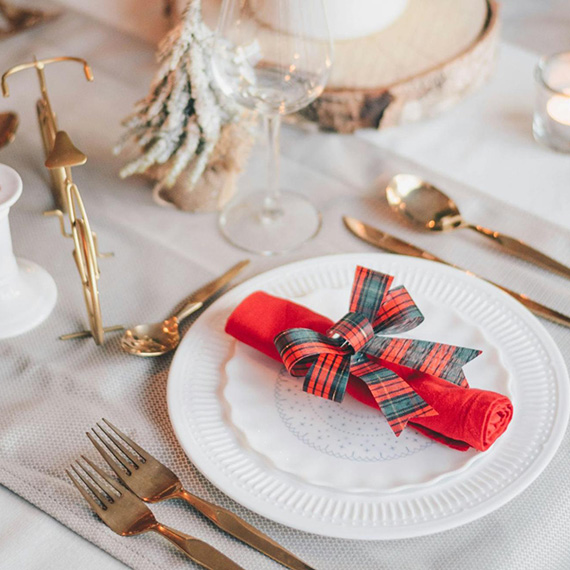
Warm, fragrant, and deeply comforting, Chef Beth’s Southern Sausage & Sage Stuffing is a holiday classic that brings together rich pork sausage, fresh herbs, and toasted bread for the ultimate savory side dish. Studded with green apples and aromatic vegeta...
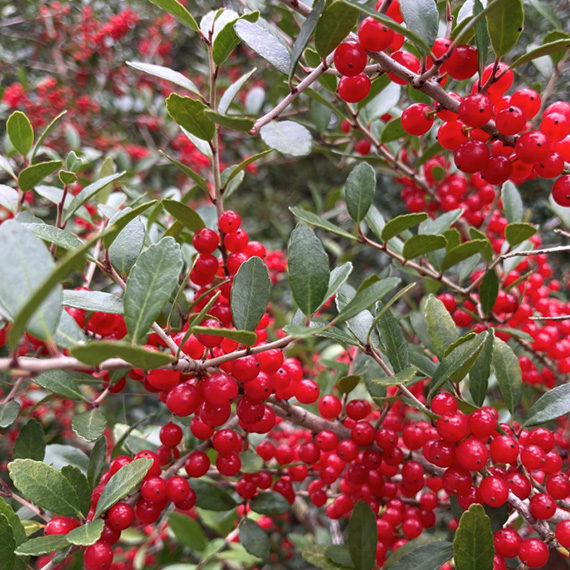
As December settles over Palmetto Bluff, it brings softer light, cooler mornings, and the natural beauty of native evergreens and winter berries that define the Lowcountry landscape. Palmetto Bluff Conservancy’s Education and Outreach Manager, Aaron Palmier...
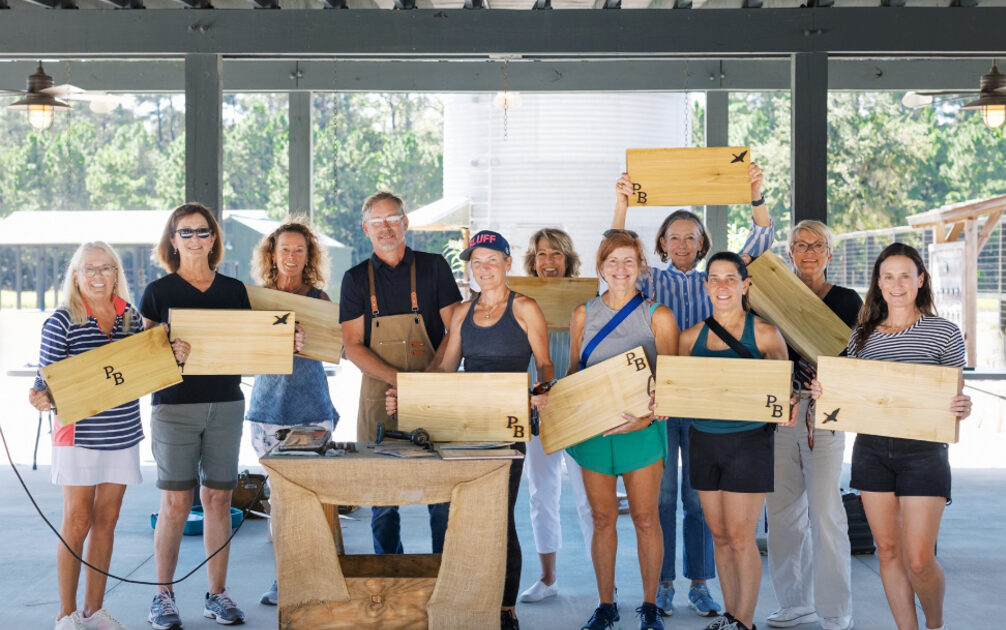
In 2025, Palmetto Bluff welcomed new neighbors and old friends, groundbreakings, and long-awaited openings. From inspired Club gatherings and elevated programming to the creation of our latest golf course, the year was defined by connection and excitement for ...
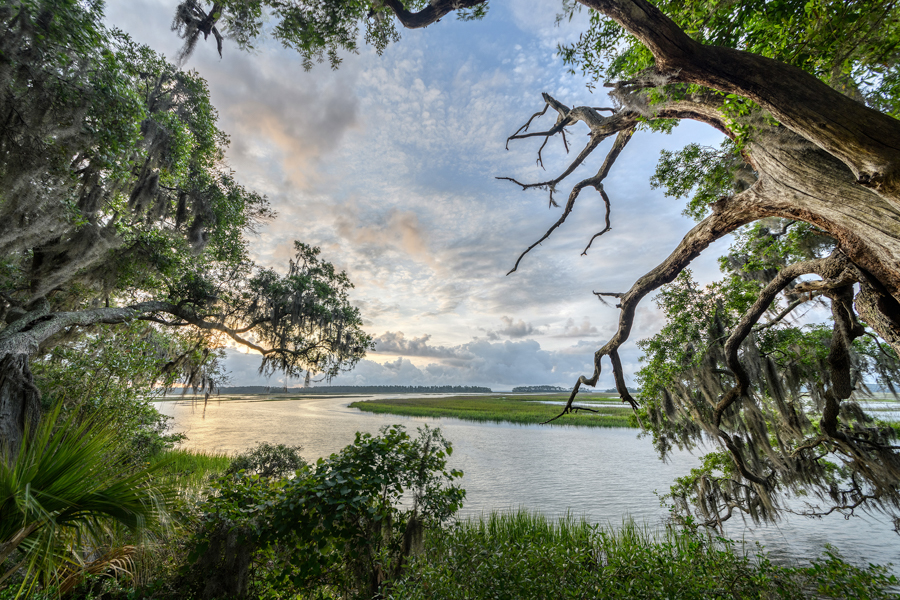
There is something serene about waking up to shimmering water, the stillness of the woods, or the sweep of marsh and sky right outside your window. Even without stepping outside, science shows that simply seeing nature from home can meaningfully improve mental...
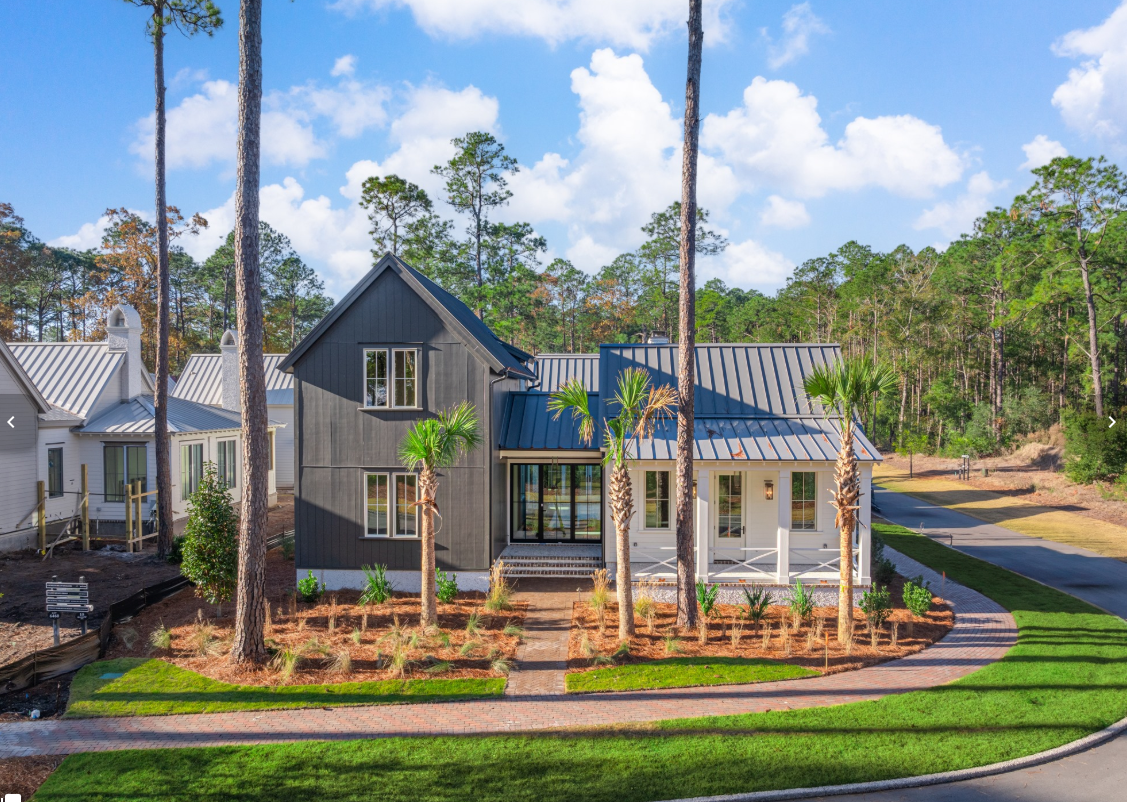
The Ultimate Choice: Building vs Buying a Home in Palmetto Bluff For those searching for Palmetto Bluff homes for sale, this common question often arises: Should you choose an existing residence, or embrace the opportunity to build your own? While a complet...
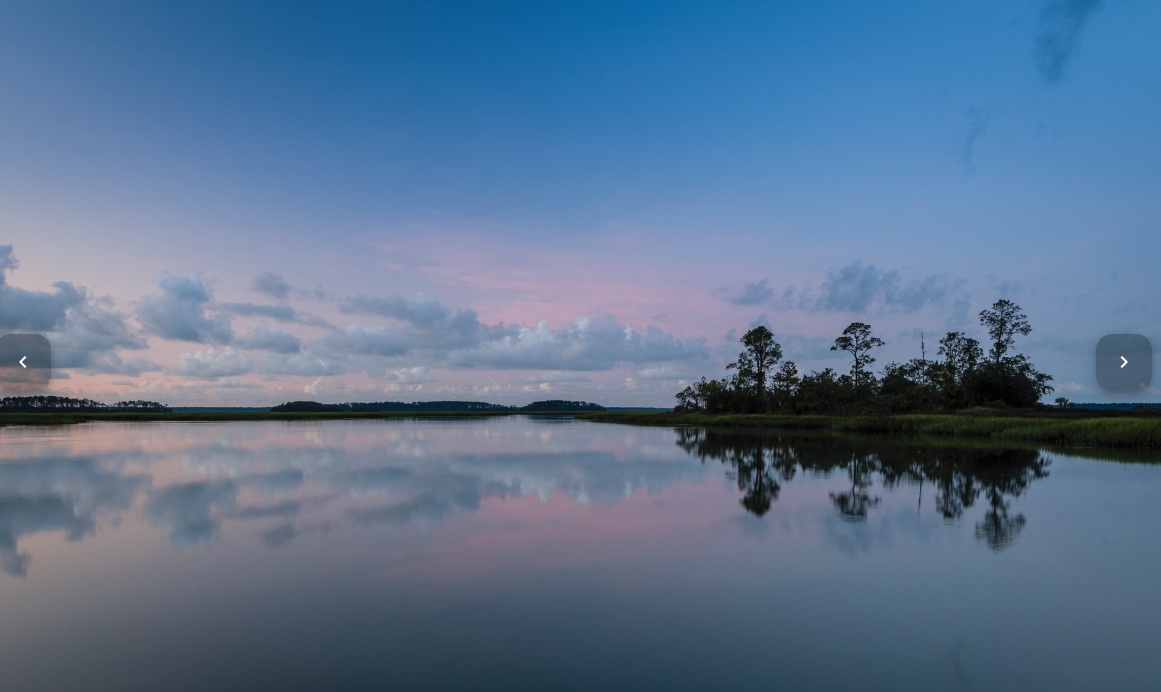
A Complete Guide to South Carolina Winter at Palmetto Bluff South Carolina's winter is unlike any other on the East Coast. While many travelers search for “South Carolina winter” expecting cooler temperatures and limited outdoor options, the Lowcountry revea...
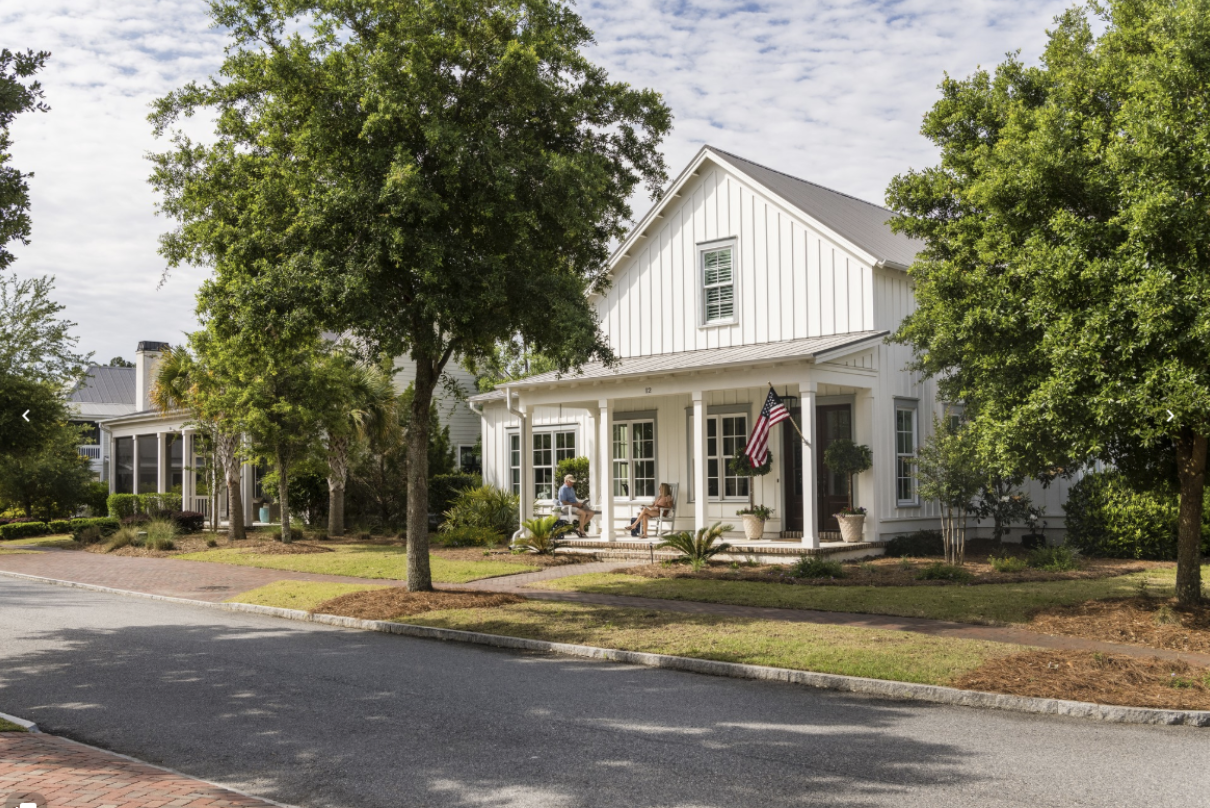
River Road: Where Lowcountry Beauty Meets Elevated Everyday Living Tucked gracefully between Wilson Village and Moreland Village, River Road is one of Palmetto Bluff’s most immersive communities. It's where the pace of life seems to soften, classic Southern ...
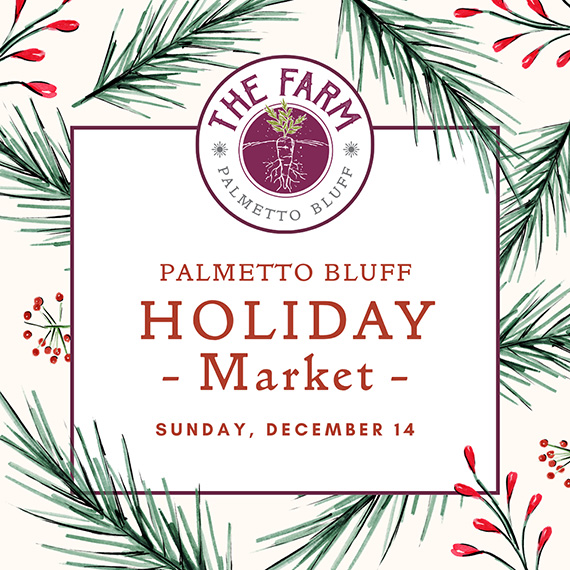
Sunday, December 14 | 9am to 1pmVillage GreenThe season’s most festive farmers market, the Holiday Farmers Market, comes to Wilson Village on Sunday, December 14, from 9am to 1pm. All are welcome to visit and experience the magic of holidays at the Bluff. The ...
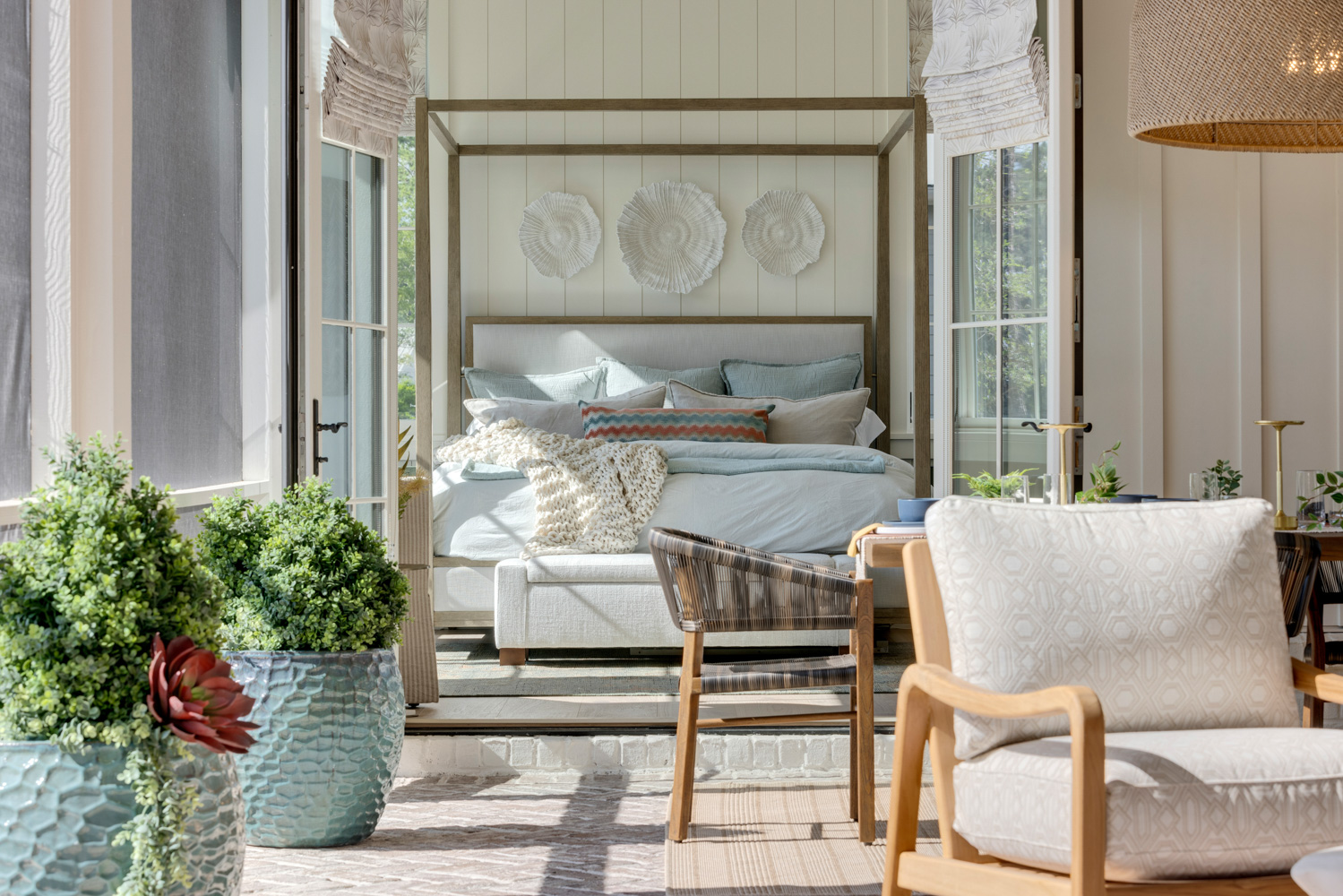
Tucked amid whispering pines and overlooking a tranquil water trail, 11 Lyonia Street is where Lowcountry charm meets modern artistry. The newly built residence redefines Southern living with a balance of craftsmanship and calm. This is a home that feels both ...
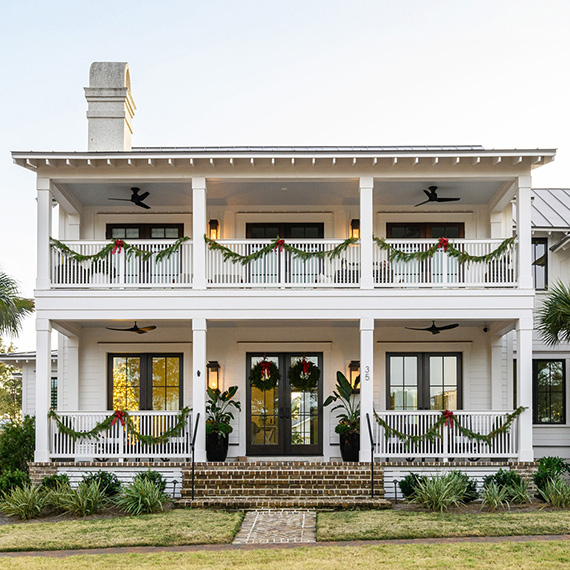
The holiday season in the Lowcountry brings crisp air, oaks draped in twinkling lights, and laughter drifting from homes where families and friends gather once again. At Palmetto Bluff, the holidays are more than just a season; they’re a feeling of togethernes...
Learn about the Palmetto Bluff Conservancy and how we keep the vision of our land in place.
On land or water, there is an ever-evolving variety of activities.
We do not attempt to independently verify the currency, completeness, accuracy or authenticity of the data contained herein. All area measurements and calculations are approximate and should be independently verified. Data may be subject to transcription and transmission errors. Accordingly, the data is provided on an “as is” “as available” basis only and may not reflect all real estate activity in the market”. © [2023] REsides, Inc. All rights reserved. Certain information contained herein is derived from information, which is the licensed property of, and copyrighted by, REsides, Inc.